Not only stabilizing food, in recent years, terraced fields have also become an ideal destination for tourists from all over the world, creating momentum for the development of community cultural tourism, increasing livelihoods, improving the quality of life of ethnic minorities, contributing to shortening the socio-economic gap between mountainous and lowland areas.
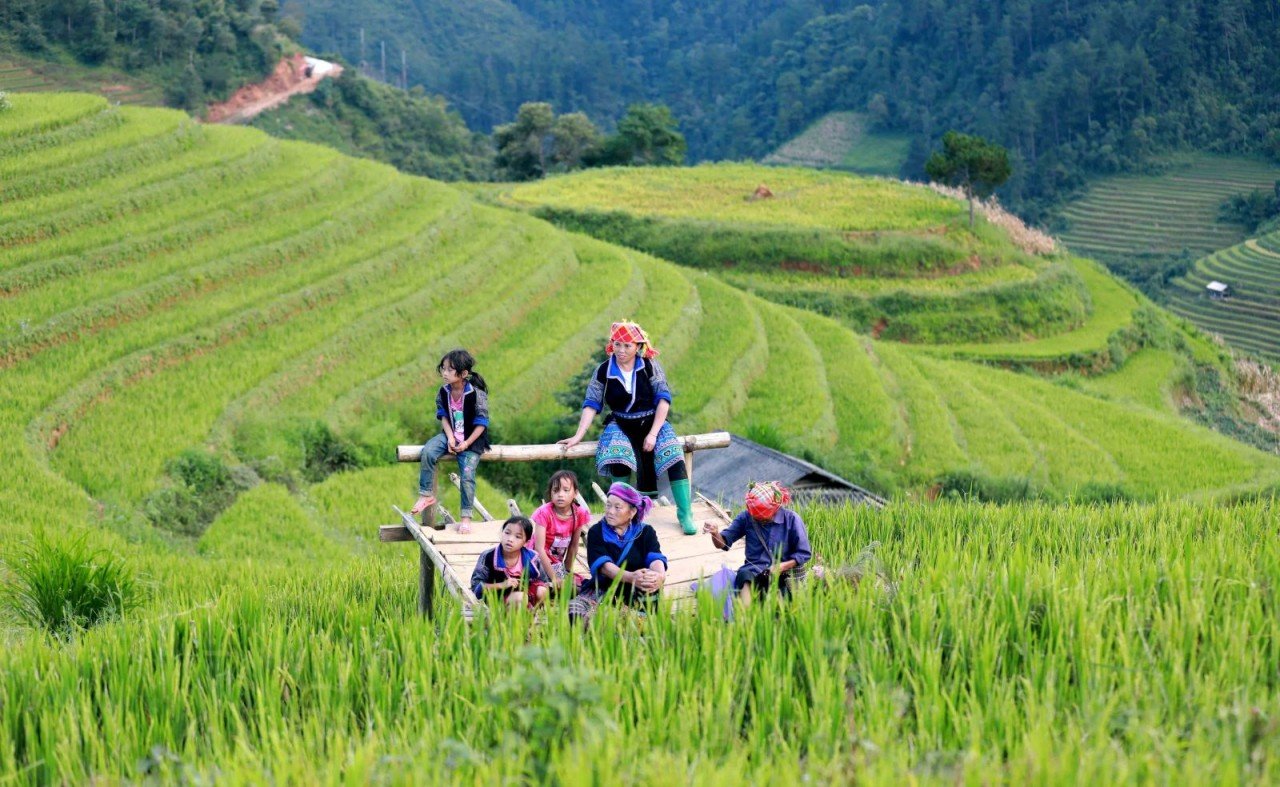 |
| Mu Cang Chai terraced fields are closely associated with the life and customs of the Mong people. (Source: VNA) |
Great architecture
Terraced fields are a form of farming with its own characteristics of the highland residents in Southeast Asia, including ethnic minorities in the mountainous areas of Northern Vietnam. Formed and spread over hundreds of years, terraced fields are clear evidence of the long history of settlement and agricultural production practices of ethnic minorities in Vietnam.
Due to the complex terrain, mostly high mountains and steep slopes, rice cultivation on terraced fields is an agricultural production activity that holds a position and role in the economic structure of ethnic minorities in the North. Lacking flat land for agricultural production, especially wet rice cultivation, ethnic minorities often choose rocky land on hillsides and mountain slopes with a fairly large area, moderate slope and favorable location to receive rainwater and stream water.
Many ethnic minorities possess the technique of terraced fields, typically the La Chi, Dao, Tay, Nung, Co Lao, Phu La, Ha Nhi... Terraced fields are created by the labor, hands, brains, accumulated experience, and simple tools such as knives, hoes, shovels, crowbars, plows, and harrows without the need for much help from modern machinery.
On the other hand, terraced field farming technique is also a rare farming method in the world, a manifestation of intellectual products, proving the ability to conquer nature and the attitude of living in harmony with nature of ethnic minorities in the Northern mountainous region. At the same time, it is a valuable asset proving the superior ability of humans in conquering nature and creative thinking, with the ability to adapt to climate change.
The terraced fields are narrow in width but still large enough to plow and harrow. The upper field is located slightly above the lower field, with a distance of about 1.5m between adjacent fields. The higher areas are cleared by the people, and the lower areas are filled with more soil.
Unlike the rice fields in the plains, the terraced fields in the highlands in the North are stacked on top of each other. From layer to layer, viewers feel like steps reaching up to the blue sky. When the water season comes, the terraced fields look like a mirror reflecting the blue sky and clouds. When the new rice season comes, the terraced fields "wear" a lush green coat, incredibly beautiful. When the rice season comes, the terraced fields are bright yellow on the hillsides, creating a rich and poetic landscape. Therefore, terraced fields are a creative architectural work, imbued with the traditional cultural identity of ethnic minorities in the northern mountainous region, opening up tourism potential for ethnic minorities here.
| According to the Vietnam National Administration of Tourism (Ministry of Culture, Sports and Tourism), terraced fields in Mu Cang Chai district (Yen Bai); Sa Pa, Bat Xat (Lao Cai), Hoang Su Phi (Ha Giang) have been ranked as national scenic heritage sites with more than 2,076 hectares in the protected area. Terraced fields in Lai Chau are now on the heritage inventory list, and a dossier is being prepared to propose recognition as a national scenic heritage site. |
Developing tourism economy associated with cultural preservation
Vietnam is a country with nearly 65% of the population living in rural areas. Economic development through rural tourism associated with new rural construction is an inevitable trend. Our Party and State always pay attention to developing tourism from the strengths of each region. Accordingly, Decision No. 263/QD-TTg dated February 22, 2022 approving the National Target Program on New Rural Construction for the 2021-2025 period issued by the Prime Minister, determined to make rural tourism a program to direct synchronous and systematic implementation nationwide, associated with new rural construction to contribute to shifting the rural economic structure towards integrating many values, towards the goal of sustainable development.
Along with that, the Ministry of Agriculture and Rural Development has deployed the rural tourism development program in the new rural construction period 2021-2025 to all provinces and cities. According to the above ministry, by the end of June 2023, 45/63 provinces and cities had issued Projects or Plans to implement rural tourism development in the new rural construction, in which many localities in the midlands and mountainous areas of the North identified the terraced field model as an important strategic direction, becoming a specialty tourism product with its own brand on the basis of exploiting the traditional values of ethnic minority communities.
Currently, our country has 3 basic types of rural tourism: community tourism, eco-tourism and agricultural tourism. According to the Ministry of Natural Resources and Environment, the Northern midland and mountainous region has more than 215 tourism models, of which the terraced field tourism model has been developing strongly in recent years. Terraced fields have been closely associated with the culture, lifestyle and agricultural production of the people. Therefore, local authorities have considered cultural preservation associated with economic development from the fields of ethnic minorities as one of the issues that need attention and focus.
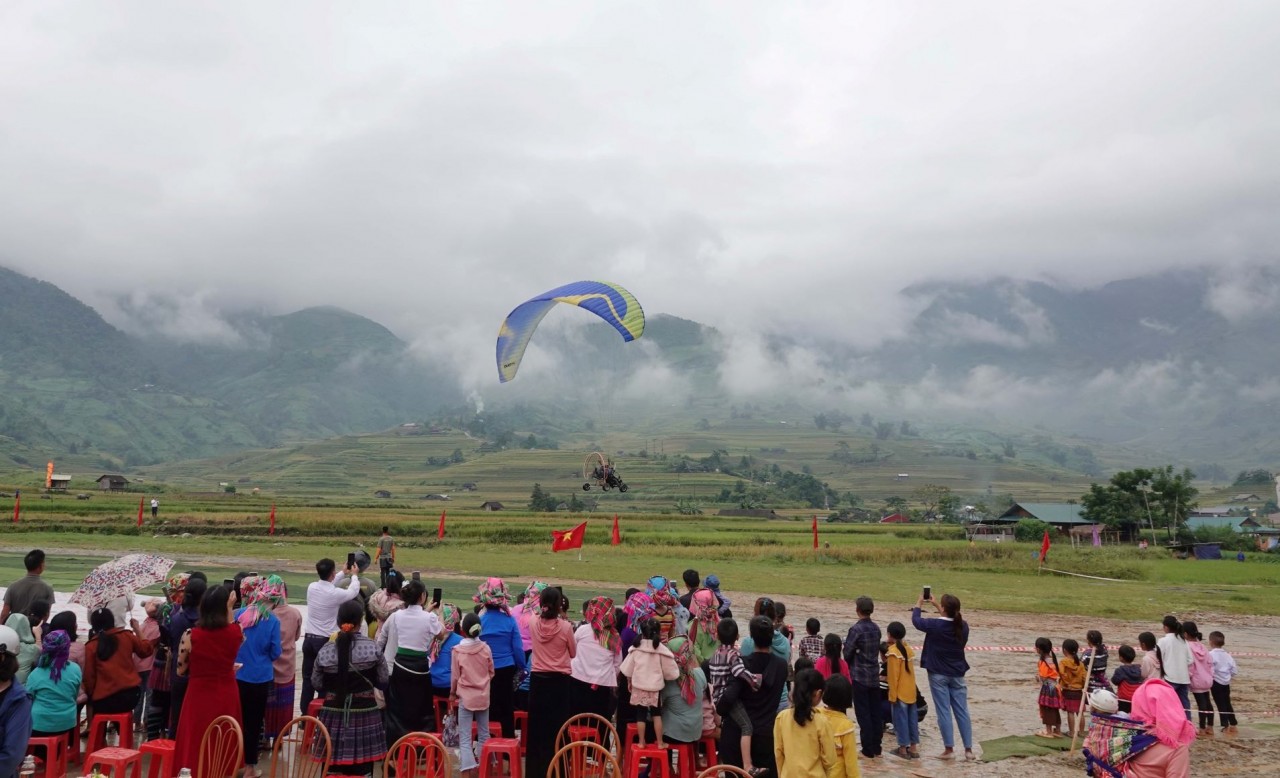 |
| September is the time when Mu Cang Chai is at its most beautiful, a great time for pilots to conduct flights for adventurous tourists. (Source: VNA) |
Terraced fields not only bring economic value from harvested agricultural products but are also a unique resource that attracts tourists to the northern mountainous region. Most localities in the northern mountainous region have been focusing on exploiting terraced field tourism in two main seasons of the year: "pouring water season" (also known as white season) around April-May, and "ripe rice season" (also known as golden season) around September-October. Terraced field festivals are held in many provinces, in which the paragliding experience flying over the golden season of Mu Cang Chai attracts the attention of many tourists...
Tourism activities are extremely diverse. For example, in Yen Bai, in order to promote the value of terraced fields, since 2015, the province has organized many activities to honor the terraced fields in Mu Cang Chai associated with honoring the cultural values of the Mong people, raising awareness of heritage conservation, attracting tourists, the annual paragliding festival "Flying over the golden season" and "Flying over the pouring water season" have become attractive tourism products. Or, recently, the program "Through the terraced fields heritage areas" in 2023 in Hoang Su Phi (Ha Giang) is an attractive tourism event through admiring the beauty of the ripe rice season in the terraced fields along with discovering the unique culture of ethnic groups with traditional festivals and rituals such as: The 3rd district-wide Mong ethnic cultural festival, Ban Em festival in Ban Phung commune, Ban Dao festival, Dao ethnic cultural festival; New rice offering ceremony of the Dao people. Along with that is a tour to visit and experience terraced fields, catch carp at the raspberry hill...
Developing terraced field tourism is the basis for the political system and the people of the highlands to raise awareness in preserving, conserving and promoting cultural values. At the same time, expanding tourism meets the needs of employment for the people, increases livelihoods, and is an opportunity for the people to escape poverty and take control of their lives from the "great architectural works" passed down by their ancestors.
| Recently, Ho Chi Minh City and the cooperative group of 8 extended Northwestern provinces announced the product "Journey connecting the Northwest national terraced field heritage area" connecting Hanoi - Phu Tho - Nghia Lo, Mu Cang Chai (Yen Bai) - Than Uyen, Tam Duong, Phong Tho (Lai Chau) - Sa Pa, Bac Ha (Lao Cai) - Xin Man, Hoang Su Phi (Ha Giang). In the first 6 months of 2023, the provinces in the cooperative group organized 14/25 activities; attracting more than 36.3 million tourists, with total tourism revenue of nearly 105,000 billion VND. |
Source


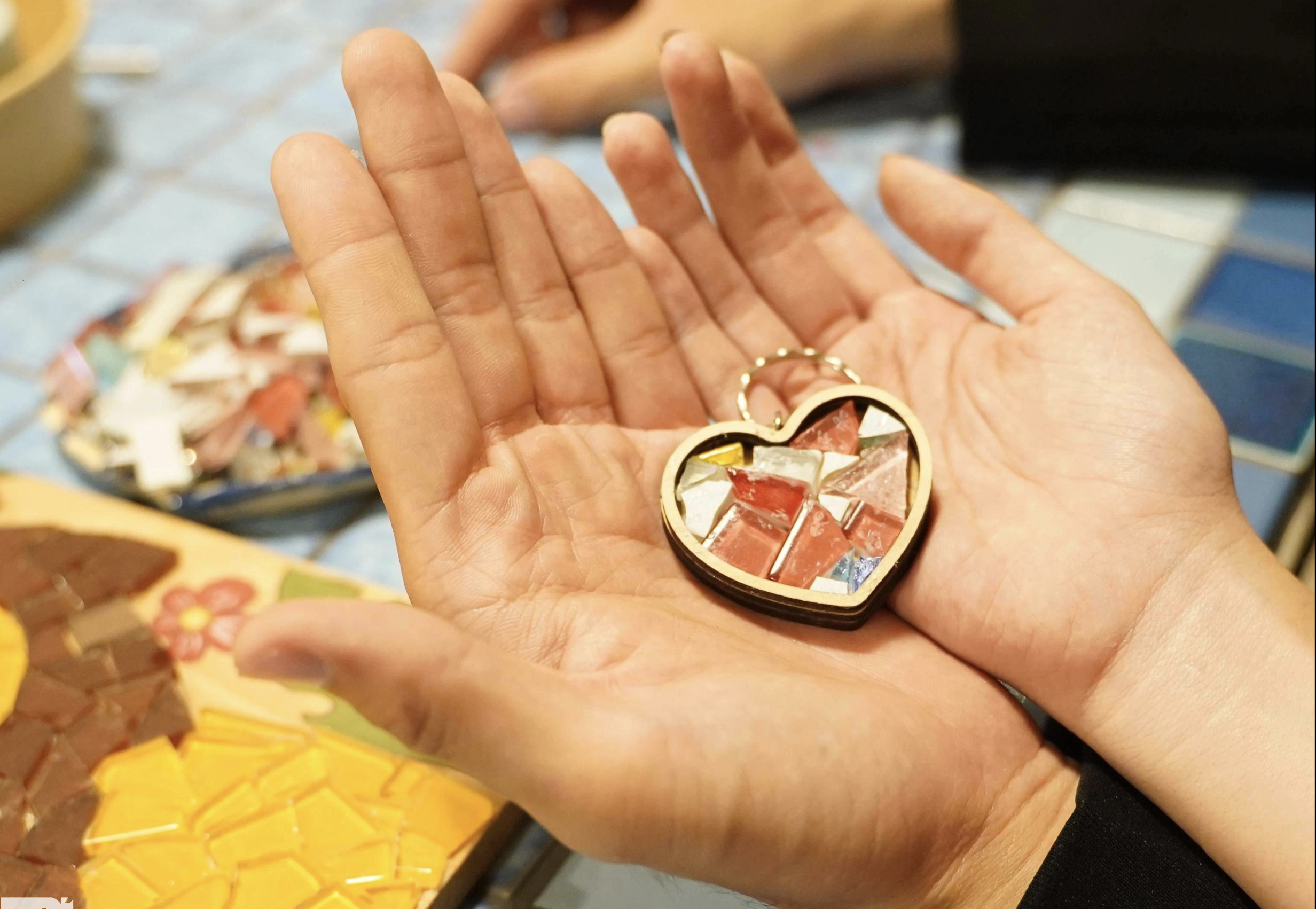


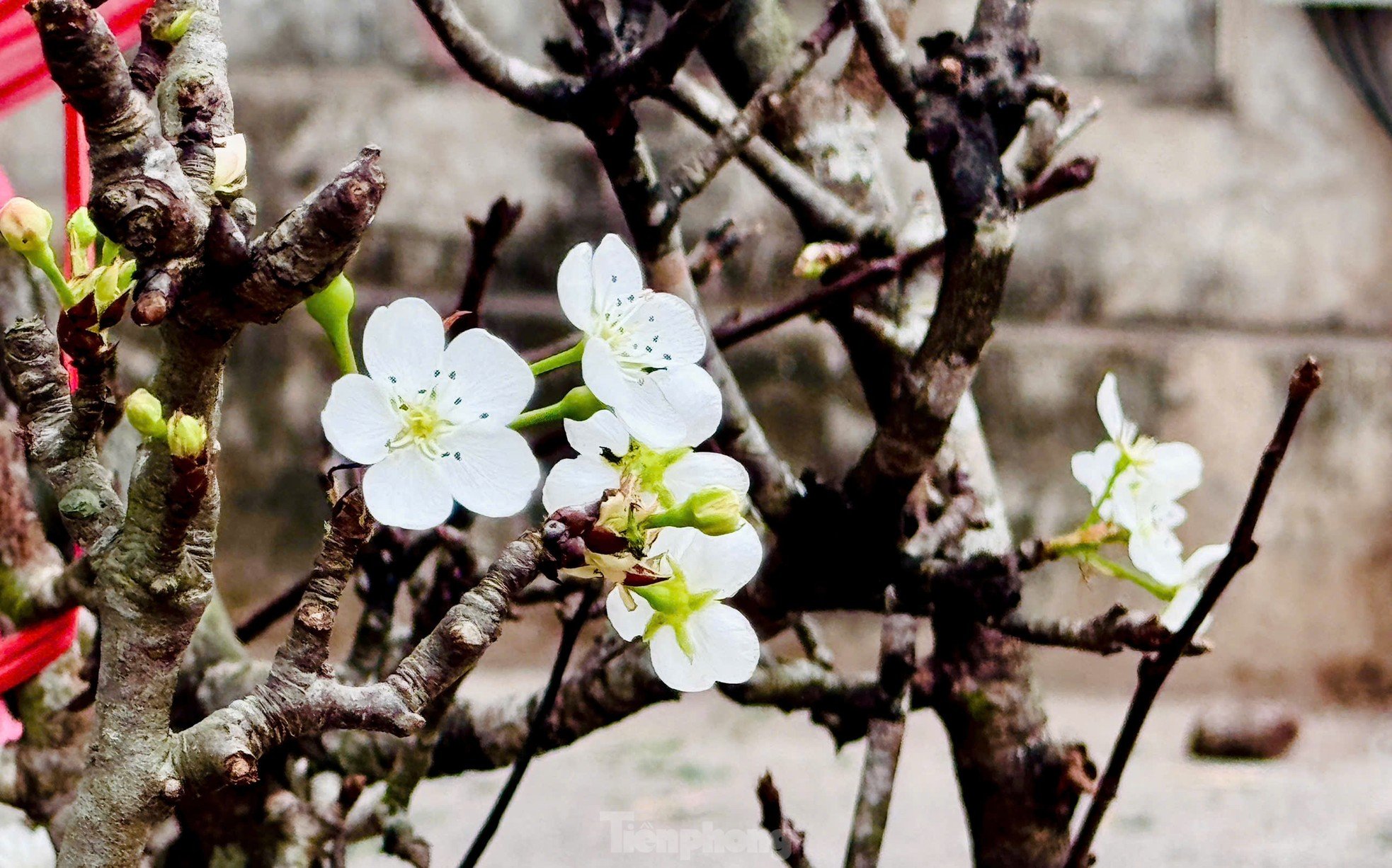
























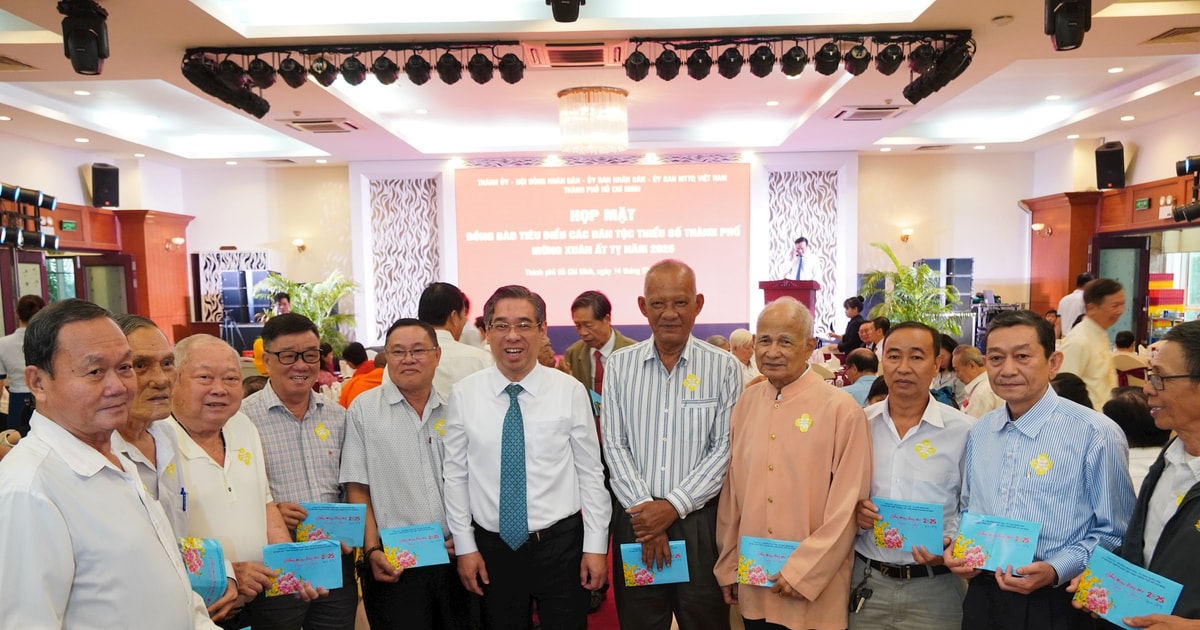

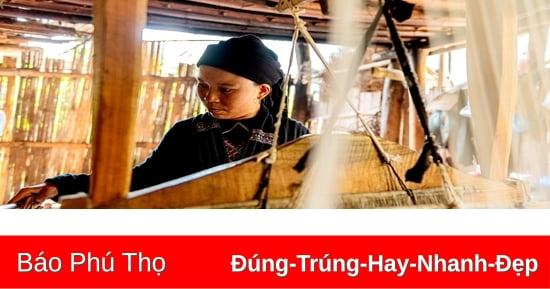
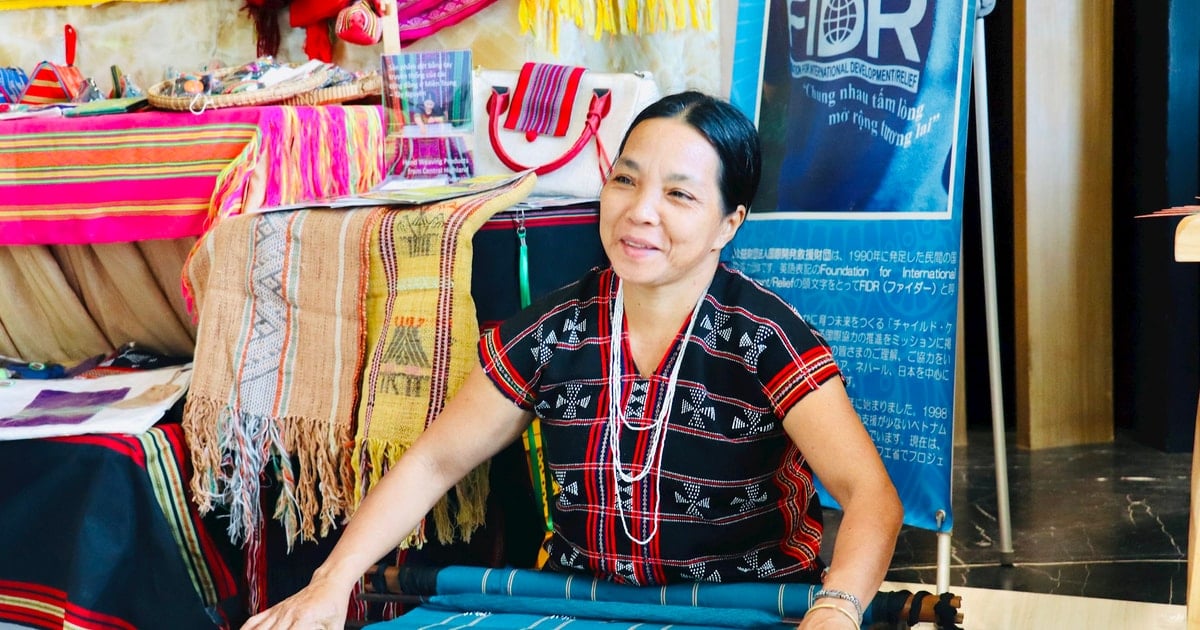


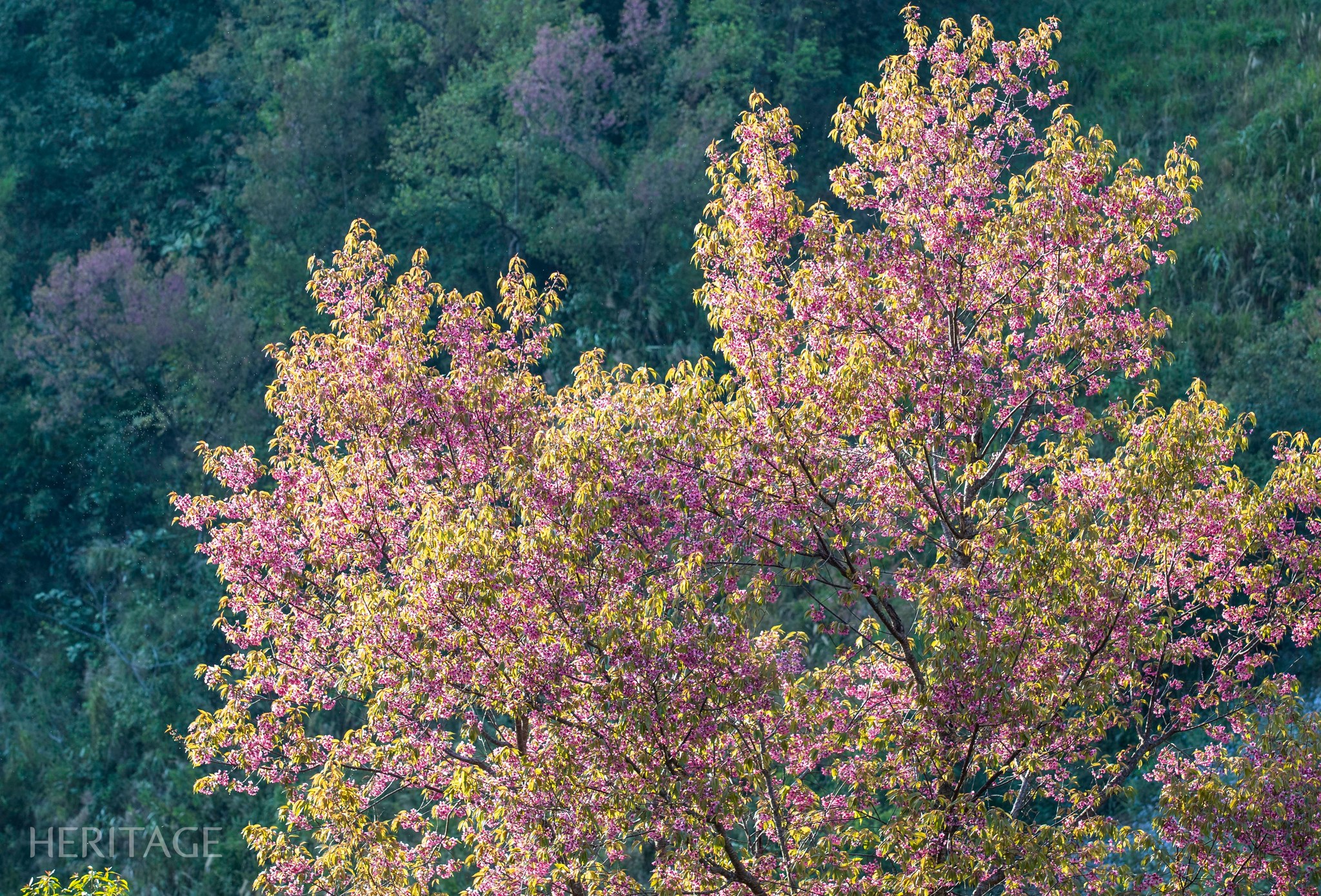

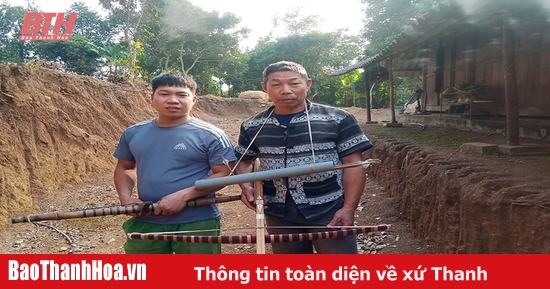


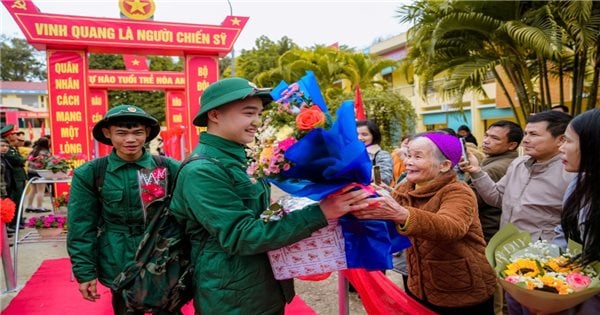


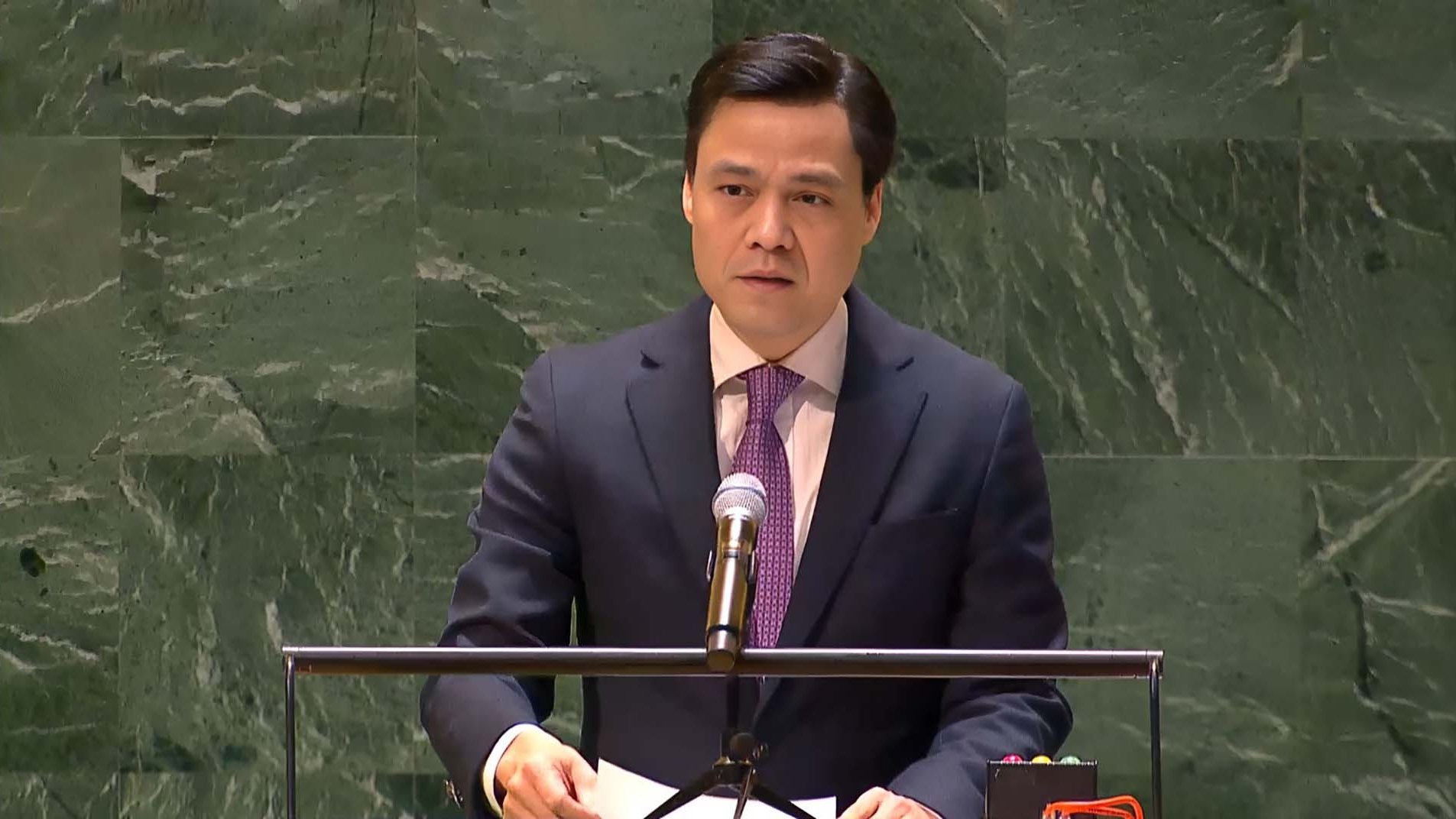
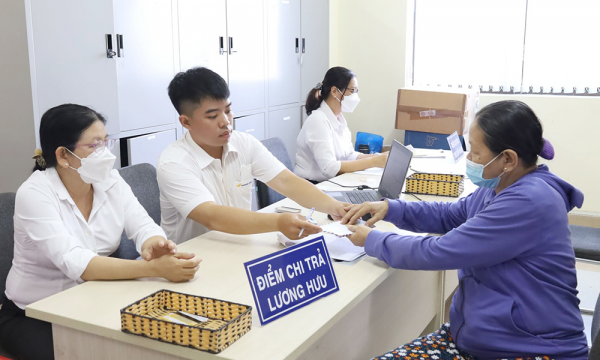
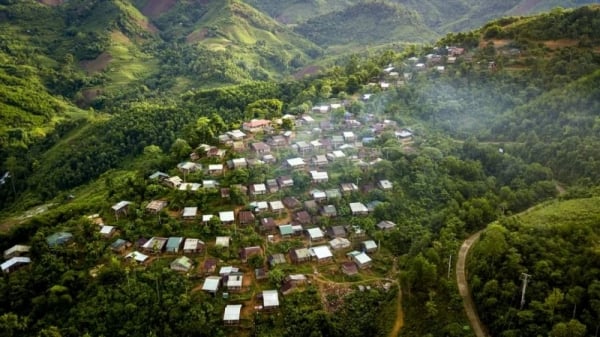

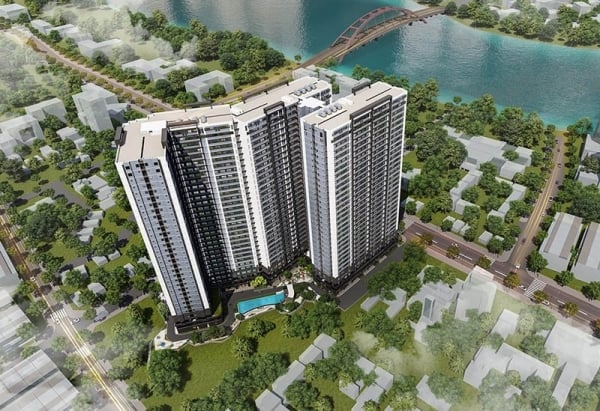
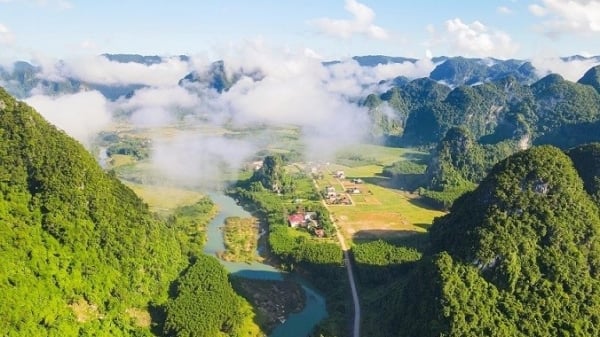


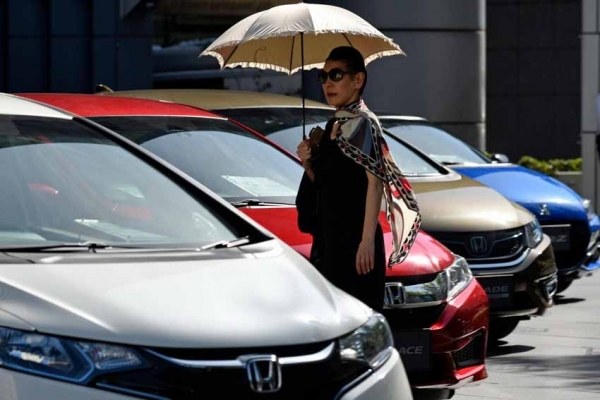

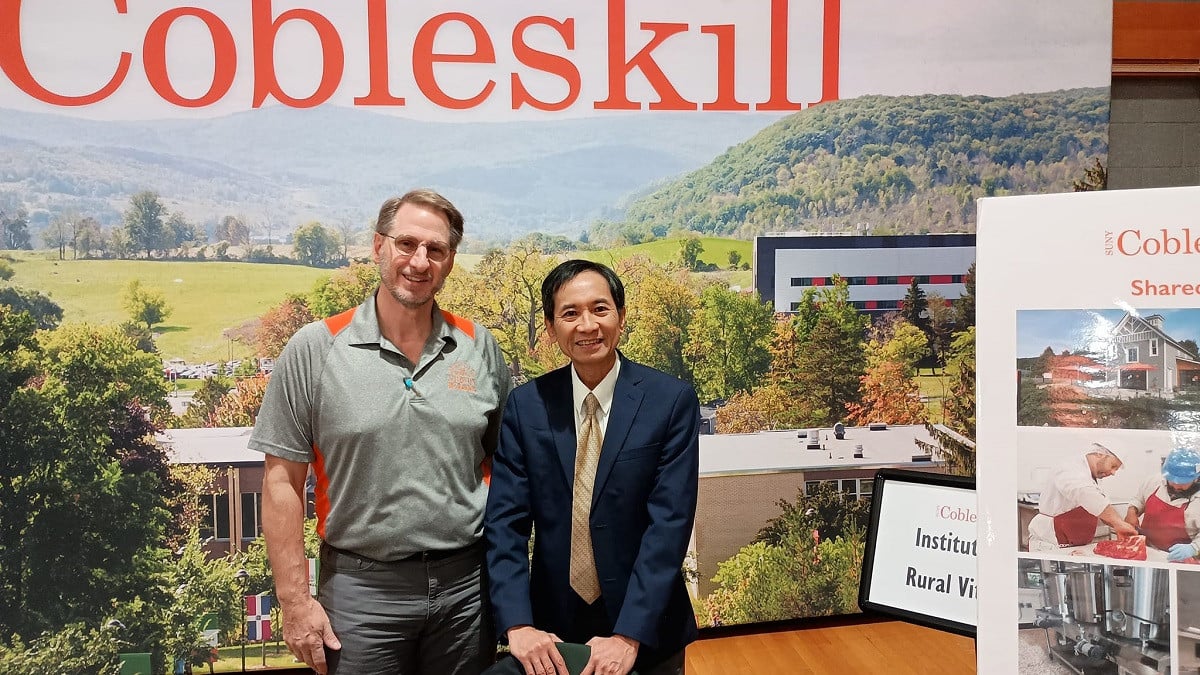

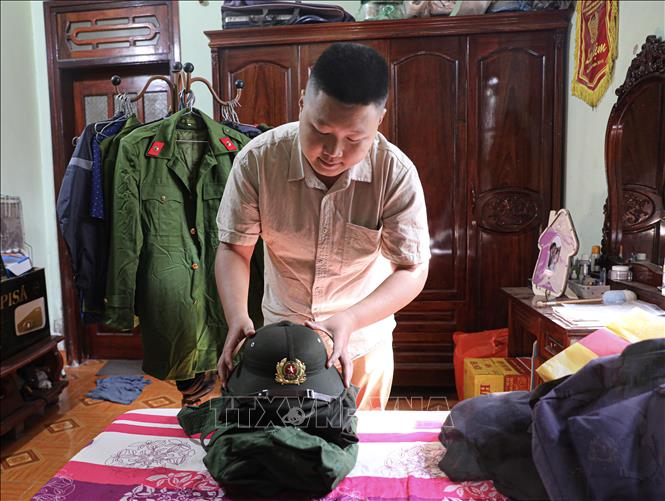

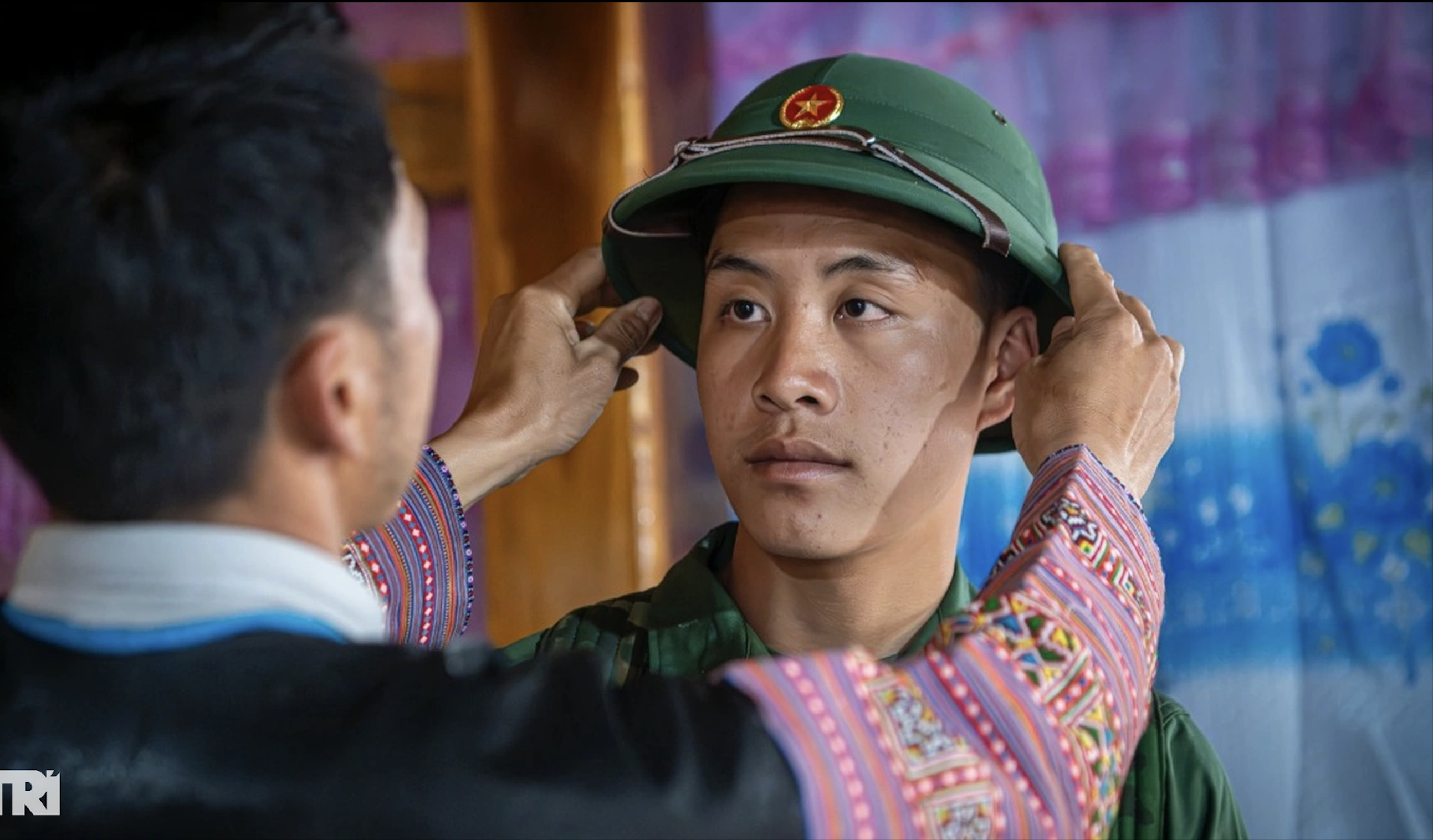
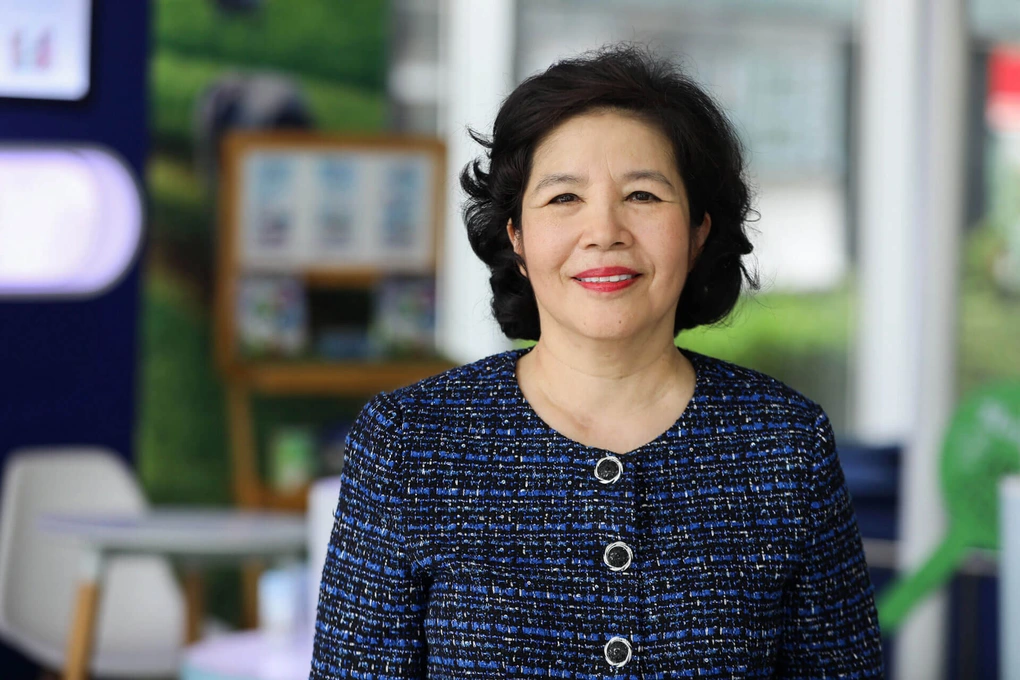
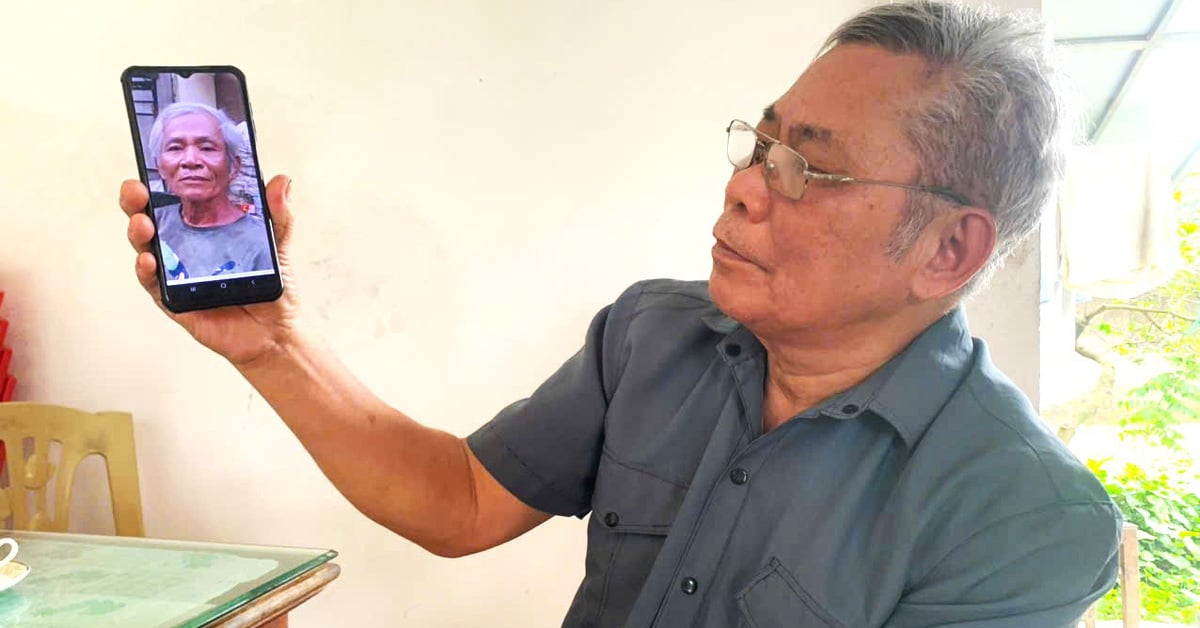





Comment (0)